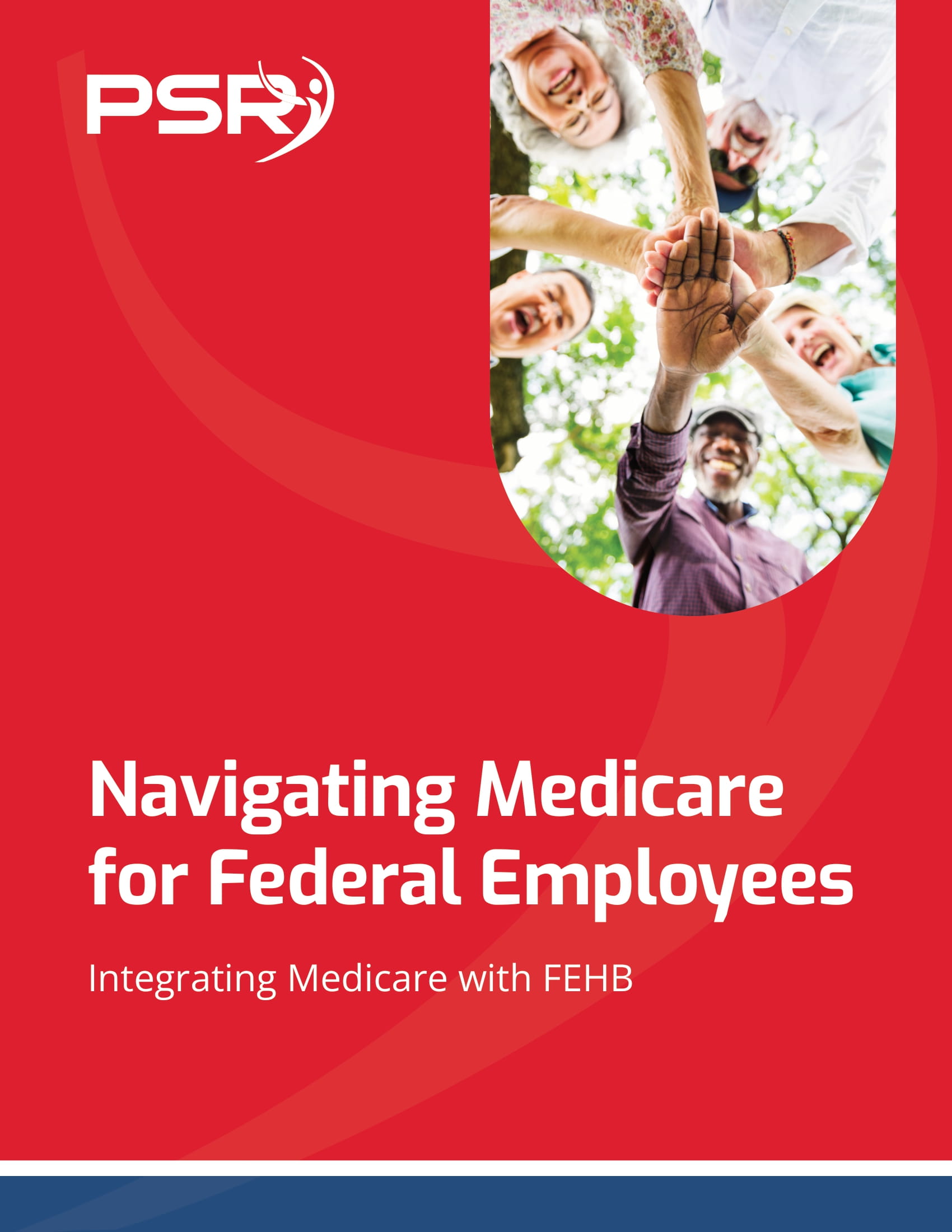Key Takeaways
-
The 2025 federal pay raise may coincide with cost-saving reforms that could reduce future retirement income or shift healthcare costs to employees.
-
Understanding how pay adjustments impact retirement formulas, benefits eligibility, and contributions is critical for long-term planning.
Pay Raises Aren’t Always Purely Positive
Federal employees often welcome a pay raise as a long-overdue correction for inflation and regional cost-of-living disparities. In 2025, the proposed average federal pay raise is around 5.2%, following a 4.6% increase in 2024. However, these boosts rarely come without caveats.
- Also Read: FAA, Law Enforcement, and Special Federal Employee Categories—Here’s What Makes Their Retirement Unique
- Also Read: Blending Private and Public Sector Retirement Plans Is Complicated—Here’s Where Couples Get It Wrong
- Also Read: The Silent Shift in Postal Service Retirement Benefits That Could Change Everything by 2026
Understanding these tradeoffs is essential for protecting your retirement future.
Why Lawmakers Attach Conditions to Pay Increases
The federal pay system is funded by taxpayers and must balance compensation with fiscal responsibility. In 2025, discussions around raises are closely tied to:
-
Federal budget deficits
-
Retirement system liabilities (especially FERS)
-
Rising FEHB healthcare costs
To manage spending, lawmakers often propose offsets such as increasing employee contributions to retirement, revising pension calculations, or shifting healthcare premium responsibilities.
These measures are particularly important for long-serving employees nearing retirement age, as changes can significantly affect your annuity or cost of healthcare in retirement.
Potential Tradeoffs Tied to the 2025 Pay Raise
The pay raise might look attractive upfront—but you should be aware of the reforms being considered behind the scenes. Here are some of the major ones:
1. Locality Pay Exclusion From Pension Calculations
There is a legislative proposal to exclude locality pay from the “high-3” salary average used to calculate FERS annuities. If passed:
-
Your pension could be lower than expected.
-
Employees in high-cost areas would be especially affected.
Since your retirement annuity is based on your highest-paid consecutive three years, this exclusion would disproportionately reduce benefits for employees in areas like Washington, D.C., San Francisco, or New York City.
2. Higher Employee Contributions to FERS
Another frequently discussed measure is raising the employee contribution to the Federal Employees Retirement System (FERS). Currently:
-
FERS employees contribute up to 4.4% of salary, depending on hire date.
A proposed increase could mean 1%–1.5% more out of your paycheck monthly. While a pay raise might cover that difference in the short term, the net gain could disappear, especially when combined with inflation.
3. Vouchers Instead of Percentage-Based FEHB Contributions
One of the more concerning ideas under discussion is a shift from the current percentage-based government contribution to a voucher system for the Federal Employees Health Benefits (FEHB) Program.
Currently, the government covers about 70% of FEHB premiums. A flat-dollar voucher could:
-
Limit the government’s liability over time
-
Force employees and retirees to pay a larger share of rising premiums
This change could drastically increase your out-of-pocket healthcare costs over the next 5 to 10 years.
4. Elimination of the TSP G Fund Subsidy
The Thrift Savings Plan G Fund offers stable returns because of a special Treasury security. A proposal to eliminate the government subsidy behind this feature could reduce its return potential.
If enacted, this would:
-
Affect conservative investors who rely on G Fund stability
-
Push more employees toward riskier investment options
For retirement planning, this introduces more volatility at a time when many are seeking preservation over growth.
What These Changes Mean for Your Retirement
You might see a raise in your 2025 paycheck—but unless you evaluate its long-term implications, your retirement could suffer.
Pension Planning Impact
If locality pay is excluded and employee contributions increase, your FERS annuity could end up being thousands of dollars lower per year than you anticipate. This affects both monthly income and survivor benefits.
You’ll need to:
-
Review your high-3 calculation annually
-
Use updated projections that reflect potential changes
-
Consider working longer to boost your final pension
FEHB Affordability Over Time
A shift to a voucher system would significantly change how you plan for healthcare in retirement. If premiums continue rising but the government contribution remains static, retirees will face:
-
Increased monthly premium deductions
-
Greater reliance on Medicare coordination
-
Tighter budgeting during retirement years
Adjusting TSP Strategy
The G Fund has been a go-to for near-retirees who want safety without market exposure. If the subsidy is eliminated:
-
You might need to diversify across C, S, and I funds more than before
-
Review your risk tolerance regularly
-
Consider lifecycle funds to smooth the transition
How to Prepare for These Potential Shifts
Preparation is essential. Even if none of these changes pass into law this year, the trend of linking benefits reform to pay raises isn’t going away. Here’s how to protect yourself:
Reevaluate Your Retirement Timeline
-
Use current and hypothetical retirement scenarios.
-
Factor in reduced annuity estimates, especially if locality pay exclusion becomes law.
-
Run scenarios using both current and higher FERS contribution rates.
Review FEHB Options During Open Season
-
Consider lower-premium or high-deductible plans paired with HSAs if you’re eligible.
-
If retired or retiring soon, evaluate the Medicare Part B coordination with your FEHB plan.
Monitor TSP Fund Changes
-
Stay informed via the TSP.gov bulletins.
-
Watch for any updates regarding the G Fund or legislative adjustments.
-
Adjust allocation based on how conservative or aggressive your retirement timeline is.
Get Professional Help
Understanding legislative developments isn’t easy. A licensed professional can help you:
-
Navigate complex changes to federal benefits
-
Adjust your personal financial plan accordingly
-
Clarify what changes affect you directly vs. those still in proposal stages
Looking Ahead—How This Year’s Decisions Shape the Next 20
Your current federal compensation isn’t just about this year’s paycheck—it’s a building block for your entire retirement strategy. As Congress debates changes to pay structures, pension calculations, and healthcare cost-sharing, you must look past the headlines and dig into the fine print.
Every dollar you earn today impacts the benefits you’ll depend on tomorrow.
If you’re uncertain about how a proposed raise might impact your long-term retirement picture, now is the time to talk to a licensed professional listed on this website. They can help ensure your strategy stays intact—no matter what changes arrive next.











